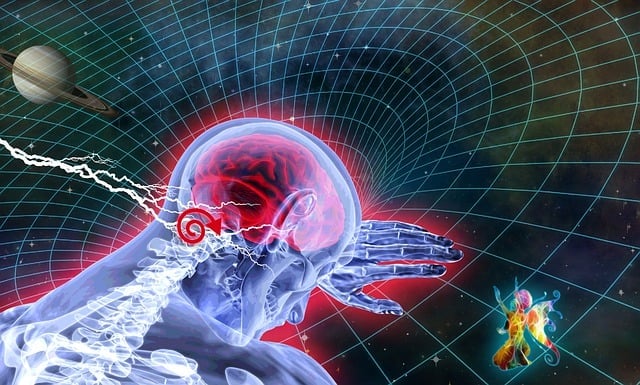In Homo sapiens, facial growth stops at puberty

Left: computed tomographic (CT) scan of a Neanderthal fossil (La Ferrassie 1). Right: CT scan of a modern human.
© Philipp Gunz, License: CC BY-NC-ND 4.0
To the point
- Difference between humans, chimpanzees and Neanderthals: In humans, facial growth slows during childhood and stops during adolescence.
- Decline in bone cell activity: During puberty, the activity of the skull bone cells comes to a halt. This helps to keep the face smaller in adulthood.
The human face is strikingly distinct from our fossil cousins and ancestors - most notably, it is significantly smaller, and more gracile. However, the reasons behind this change remain largely unknown. A team of researchers led by the Max Planck Institute for Evolutionary Anthropology has investigated why and how our species evolved such a unique facial form.
"Our findings reveal that a change in development - particularly during late growth stages - led to smaller faces", says first author Alexandra Schuh from the Max Planck Institute for Evolutionary Anthropology. "Compared to Neanderthals and chimpanzees who continue growing longer, human facial growth stops earlier, around adolescence, resulting in a smaller adult face."
Tracking changes in facial size in different species
To reach this conclusion, the researchers tracked changes in facial size across ontogeny, from birth to adulthood, in different species. This allowed them to pinpoint key developmental differences between species. Additionally, by analysing bone cellular activity, the team observed a decline that mirrors the cessation of growth observed around adolescence in humans.
"Identifying key developmental changes allows us to understand how species-specific traits emerged throughout human evolution", says Schuh. These results highlight parts of the mechanisms behind cranial gracilization, a process that has shaped the morphology of our species.






